Description
This beautifully designed and painstakingly researched book will be of interest to anyone fascinated by local and colonial history, the development of suburban communities and the architecture and conservation of heritage houses. The richly illustrated narrative presents captivating family stories including those of many prominent figures, all historically linked to Colongulac, the elegant 1888 late Victorian home sitting high on the hill in North Balwyn, Victoria.
Colongulac explores the development of the Balwyn area from 1841, commencing with Elgar’s Special Survey, through to today in the context of the family background of all of the people and their families who have owned and who have lived in Colongulac, an historic listed house.
This history of Colongulac explores the lives of the various families who have lived in the house as well as many prominent figures in Victorian and Australian society who had significant associations with the property. The land on which Colongulac was built has been owned by the Wurundjeri Willam people for millennia, with land speculator Henry Elgar being the first colonial landowner in 1841. Other early landowners include the pastoralists and Victorian colonial politicians, Thomas Herbert Power and Gideon Rutherford, from 1854-1861. The land was then owned briefly by Thomas Wilson, then his brother-in-law, Swen Wiedeman from 1876. An interlude of ownership was undertaken by George Taylor from 1887- 1889, with the Wiedemanns repurchasing the block on which Colongulac now stands.Built during the height of the Melbourne Land Boom by the farmer, grazier and Boroondara Councillor, Swen Wiedemann, and his wife Prudentia Wiedemann (nee Towt), Colongulac embodies the wealth and prosperity characteristic of that era. The house is stylistically typical of late- Victorian Boom-style housing containing embellishments such as the tower finials, which were popular architectural features during the late 1880s in Australia. It was not until Alexander William Adeney lived in the property in 1906 that it began to be called Colongulac. Adeney was a veterinary surgeon and operated his practice from the property. From 1936 to 1953, Colongulac was known as the Penquite Private Hospital and the Penquite Convalescent Home before serving for 20 years as the headquarters of the Oriental Missionary Society. The variety of roles Colongulac played in the local and wider community are documented from a homestead within a farming community developed by early settlers, to a veterinary clinic in the early 1900s, a respite home and private hospital during the late 1930s and an evangelical mission from the 1950s. Even today as a family home, Colongulac continues to add charm and elegance to the suburb of North Balwyn.
This book includes stories of many local identities and how the subdivisions around Luena Rd evolved over the last 180 years, as well as the various changes to Colongulac itself since it was originally built. It will be of interest to anyone fascinated by local and colonial history and the architecture of heritage houses.
A magnificent hardback book with ribbon bookmark.
ISBN 9780646831800
Colongulac : origins, owners and occupiers, 1841-2020 / researched and written by Warwick E. Foster, Dr Stella M. Barber ; assisted by Peter Andrew Barrett, Abigail Belfrage, Lucy Bracey
264 pages : illustrations (some colour), colour facsimiles, genealogical tables, maps (chiefly colour), plans (some colour), portraits (some colour) ; 24 x 31 cm
Illustrations on end papers.
Includes bibliographical references (pages 254-264)

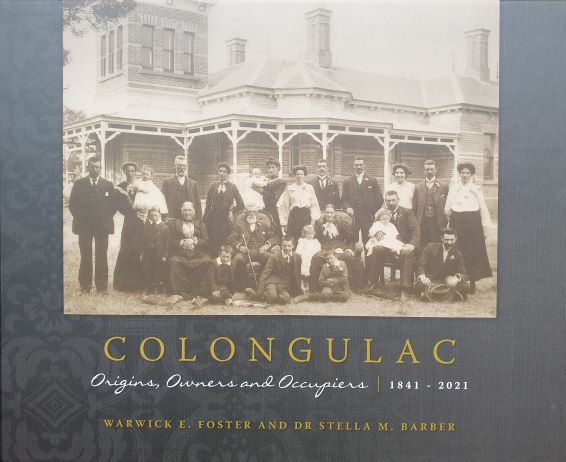

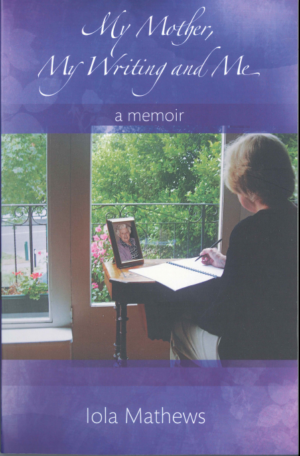
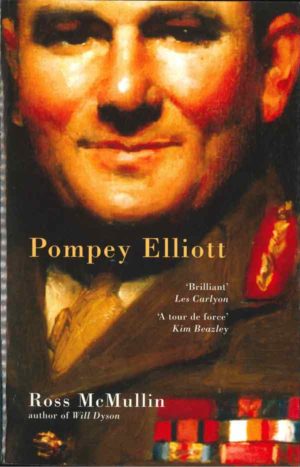
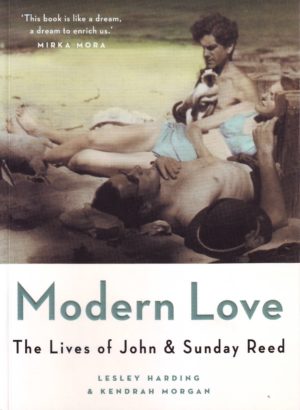
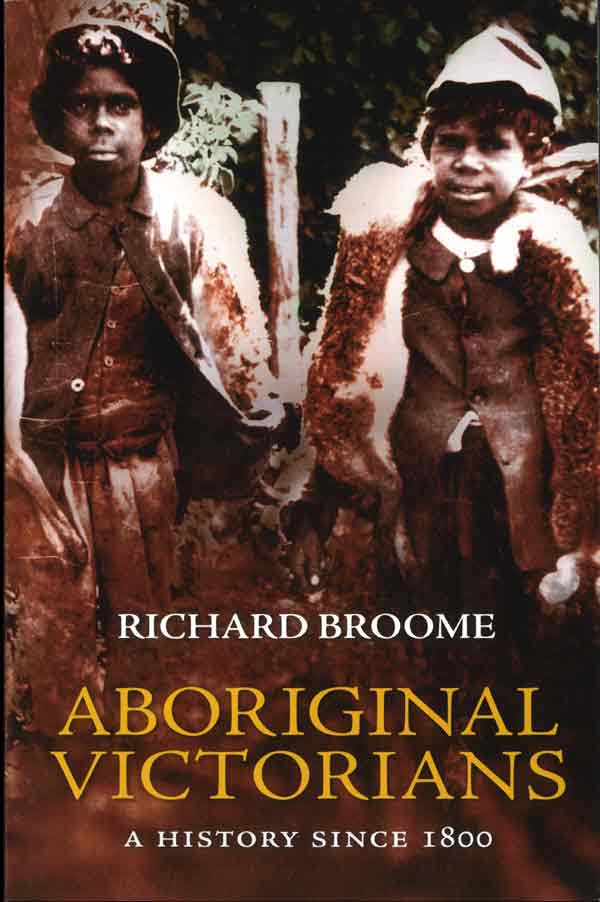

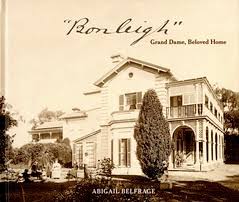
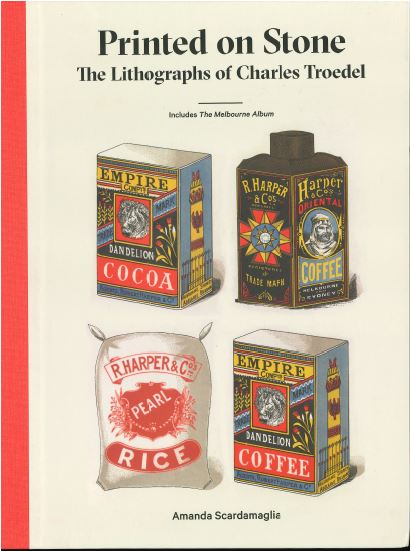
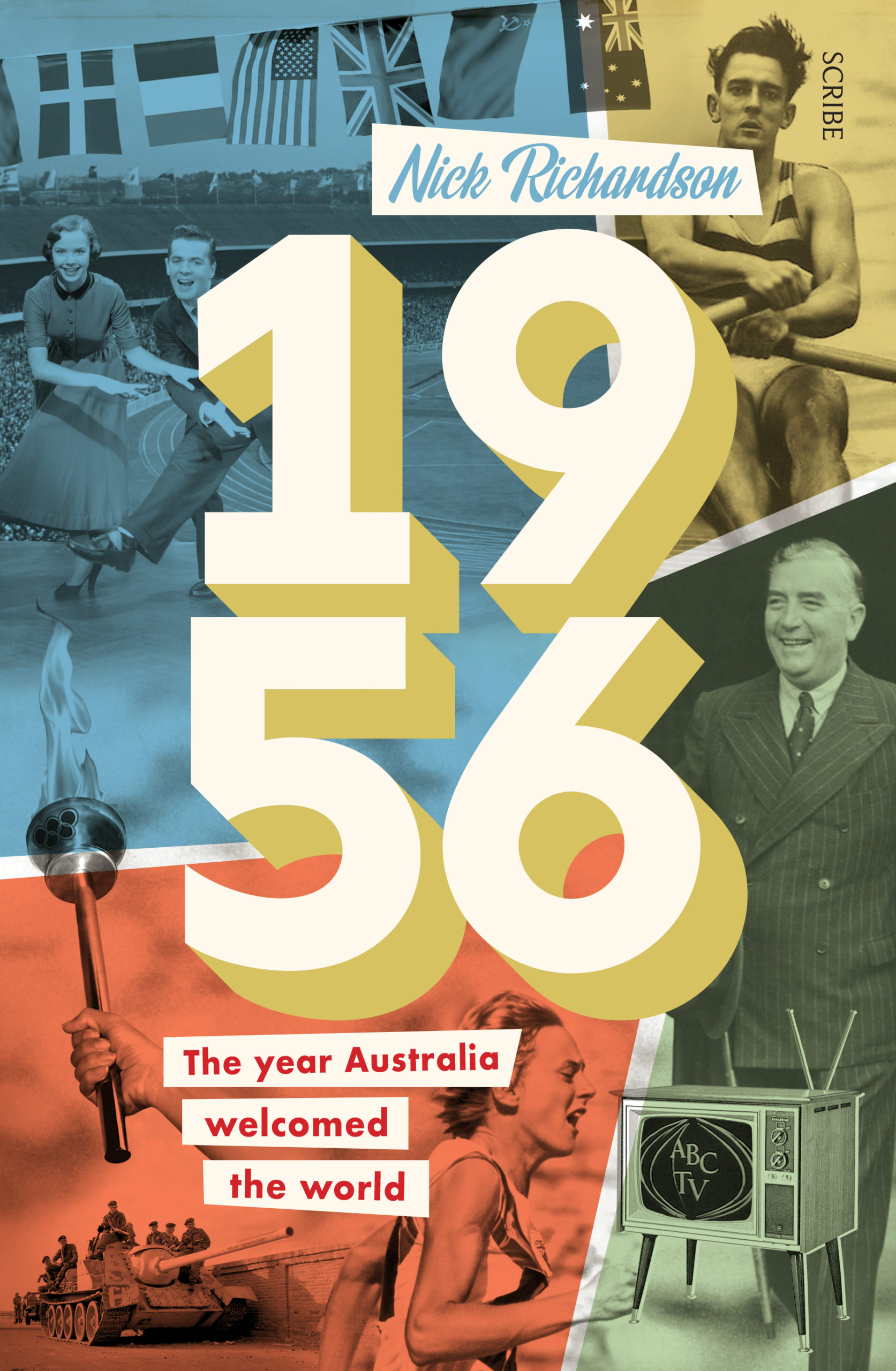
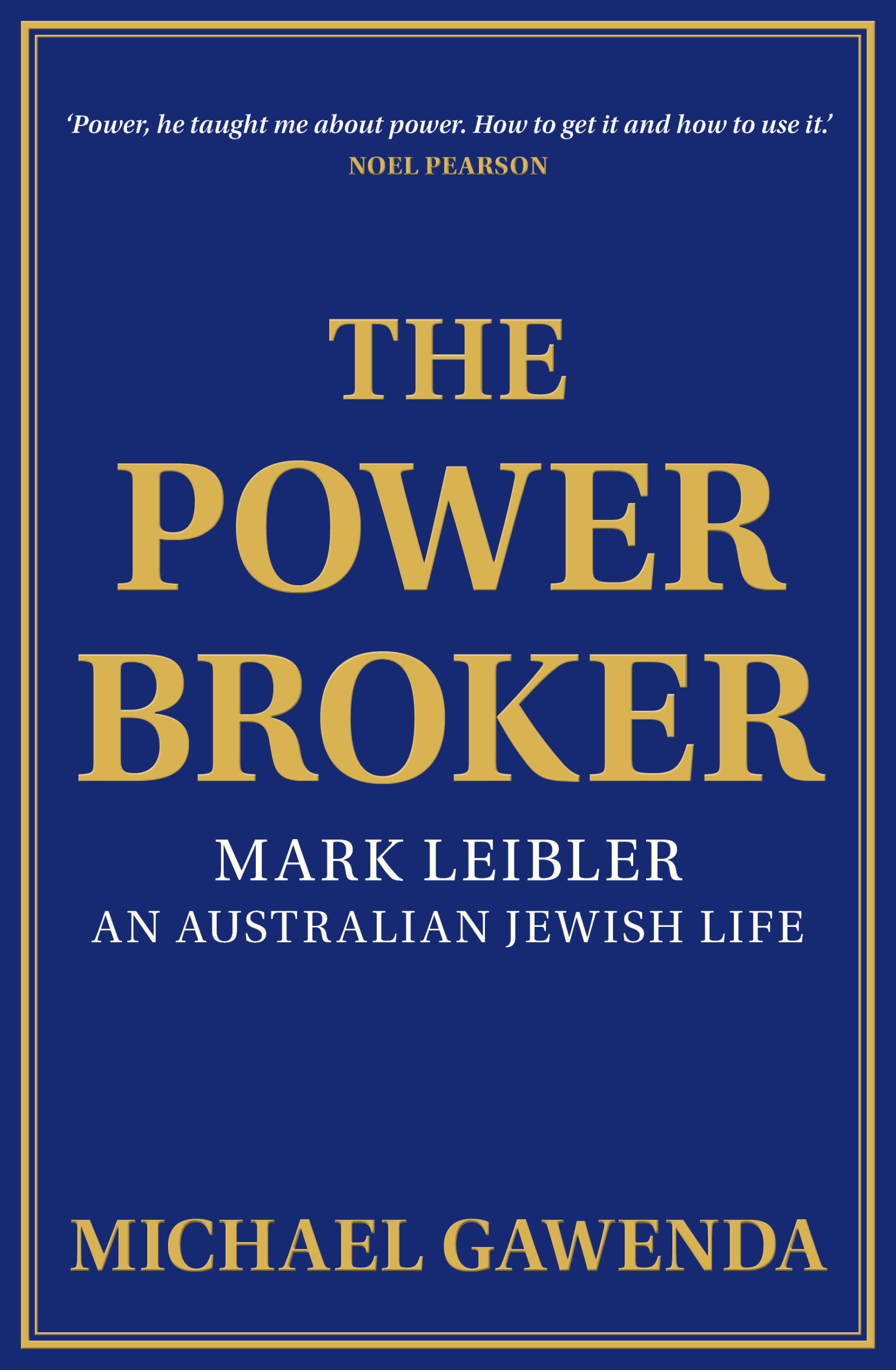
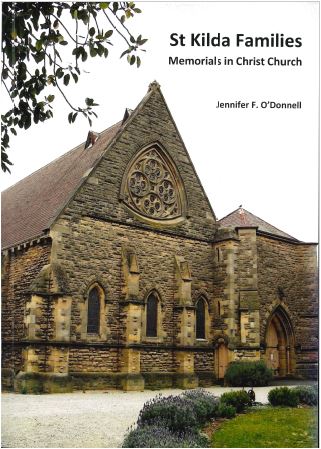
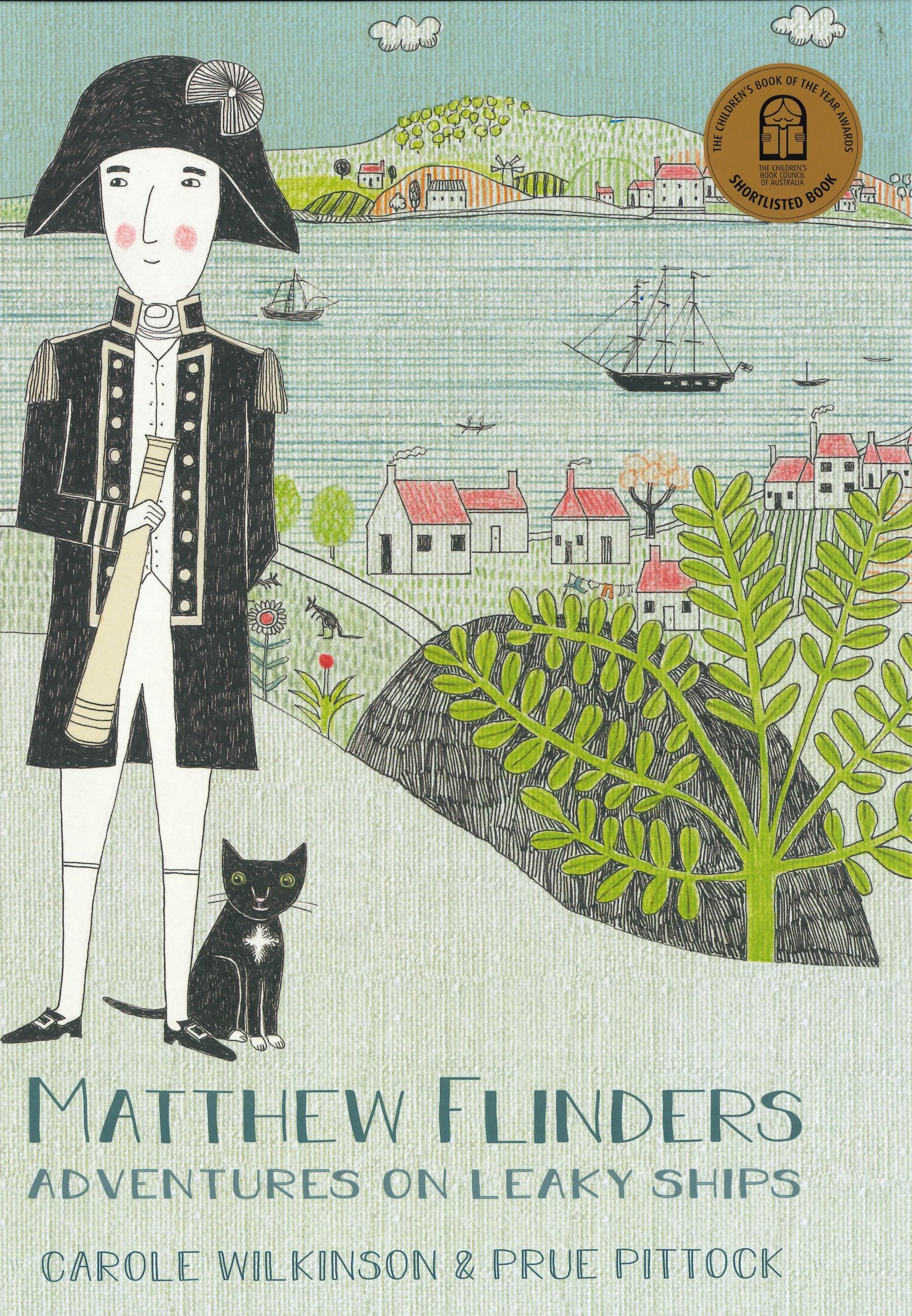
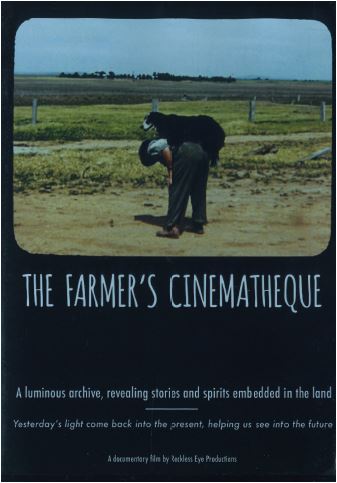
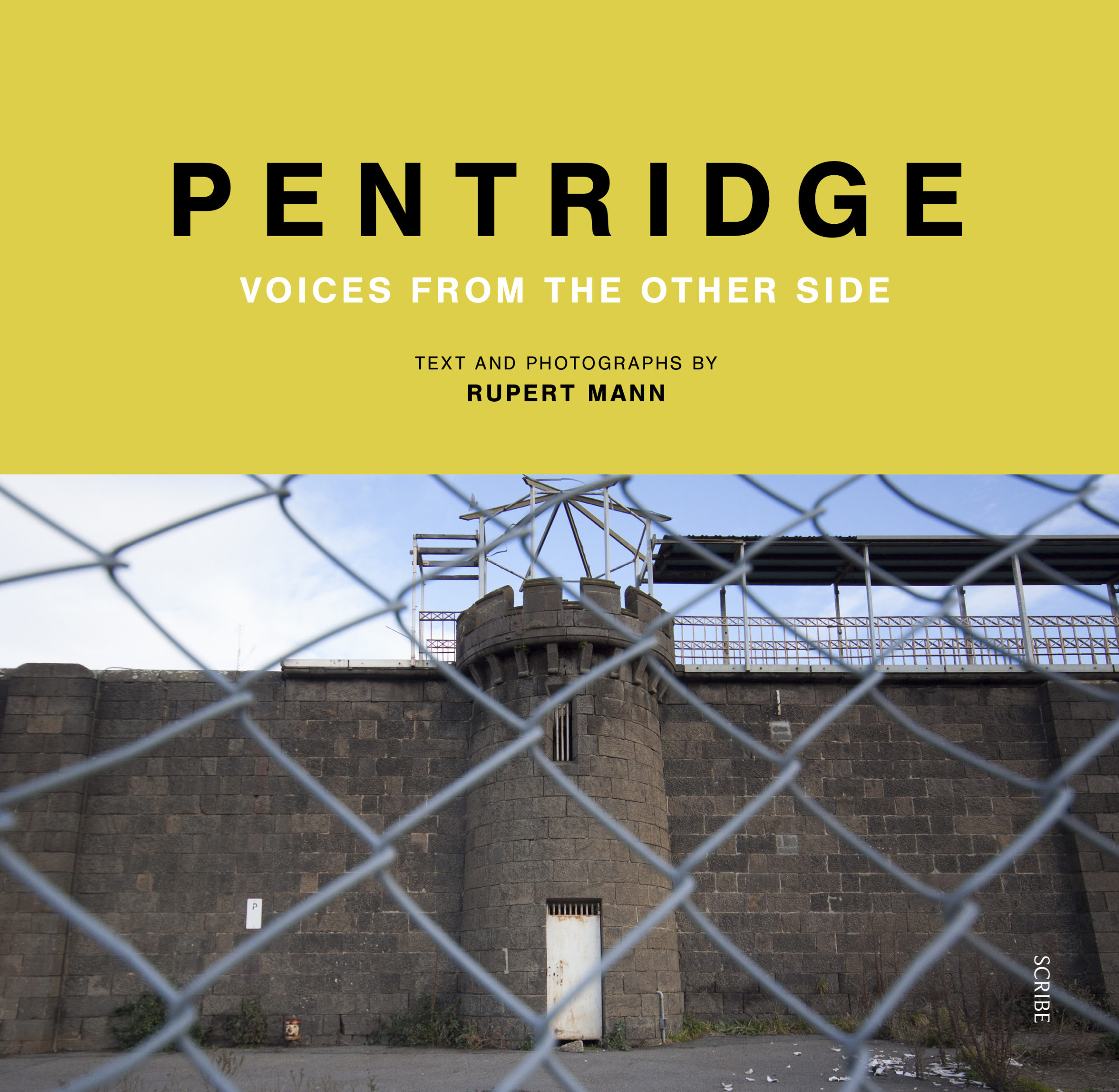
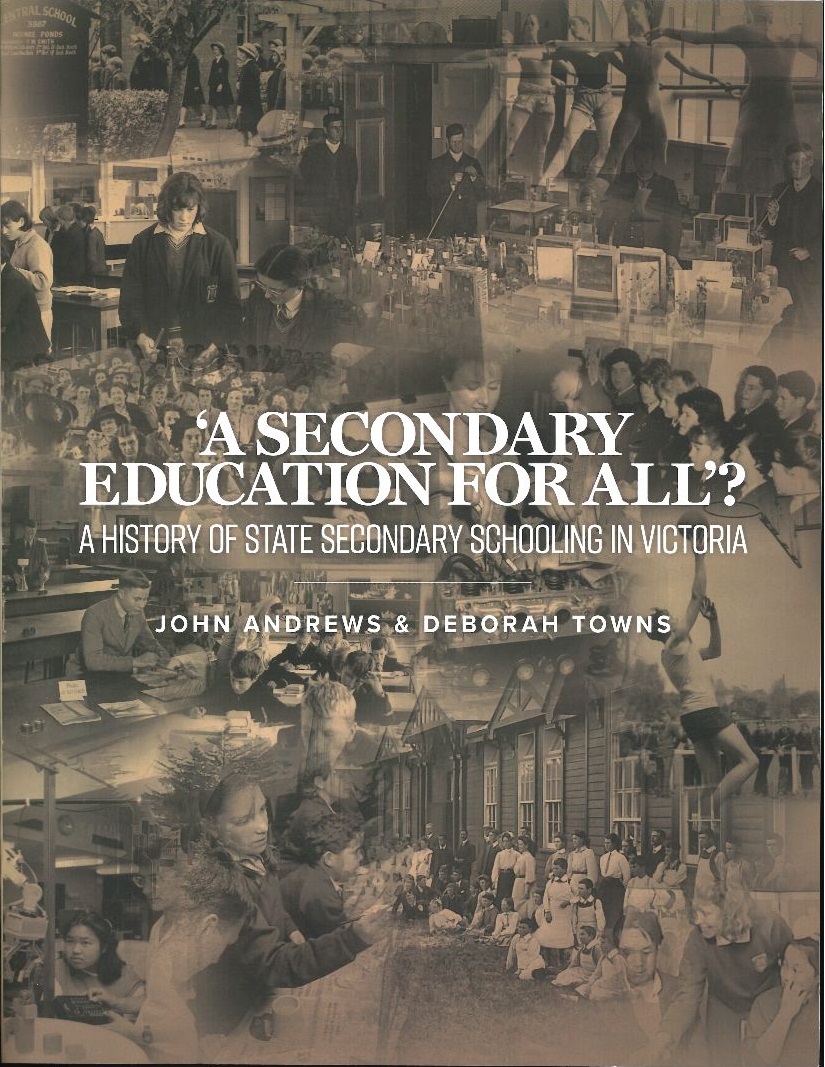
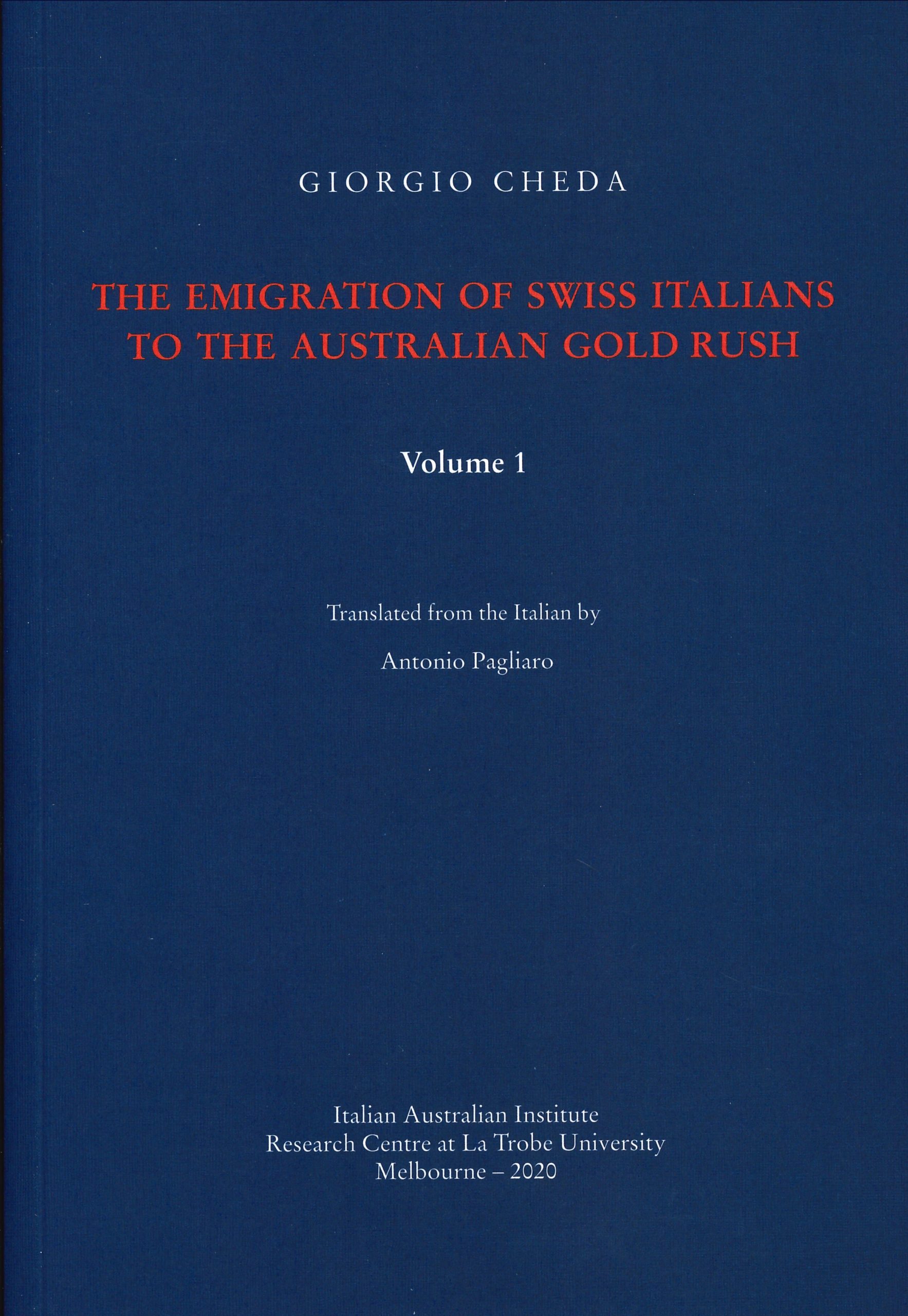
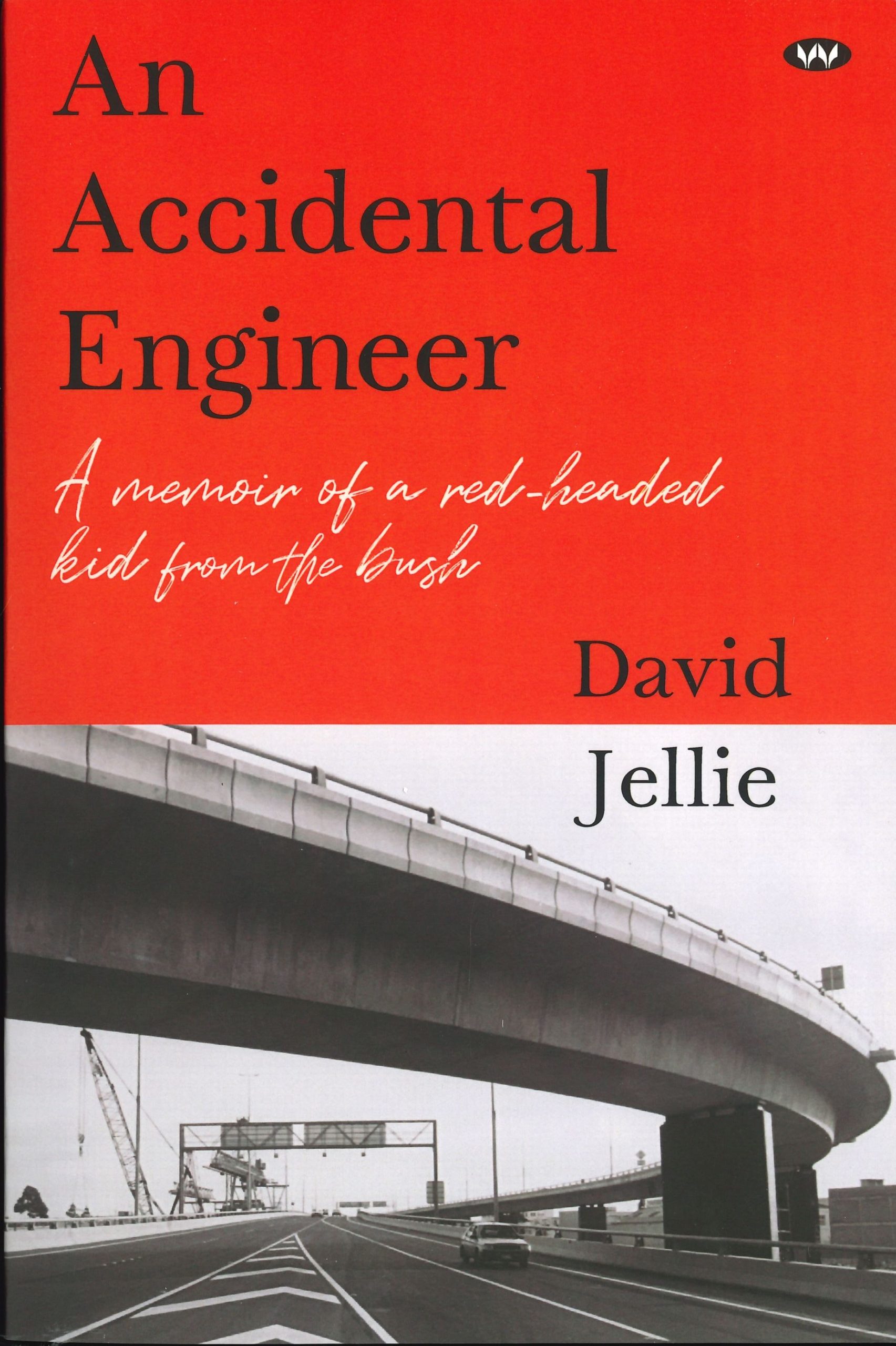
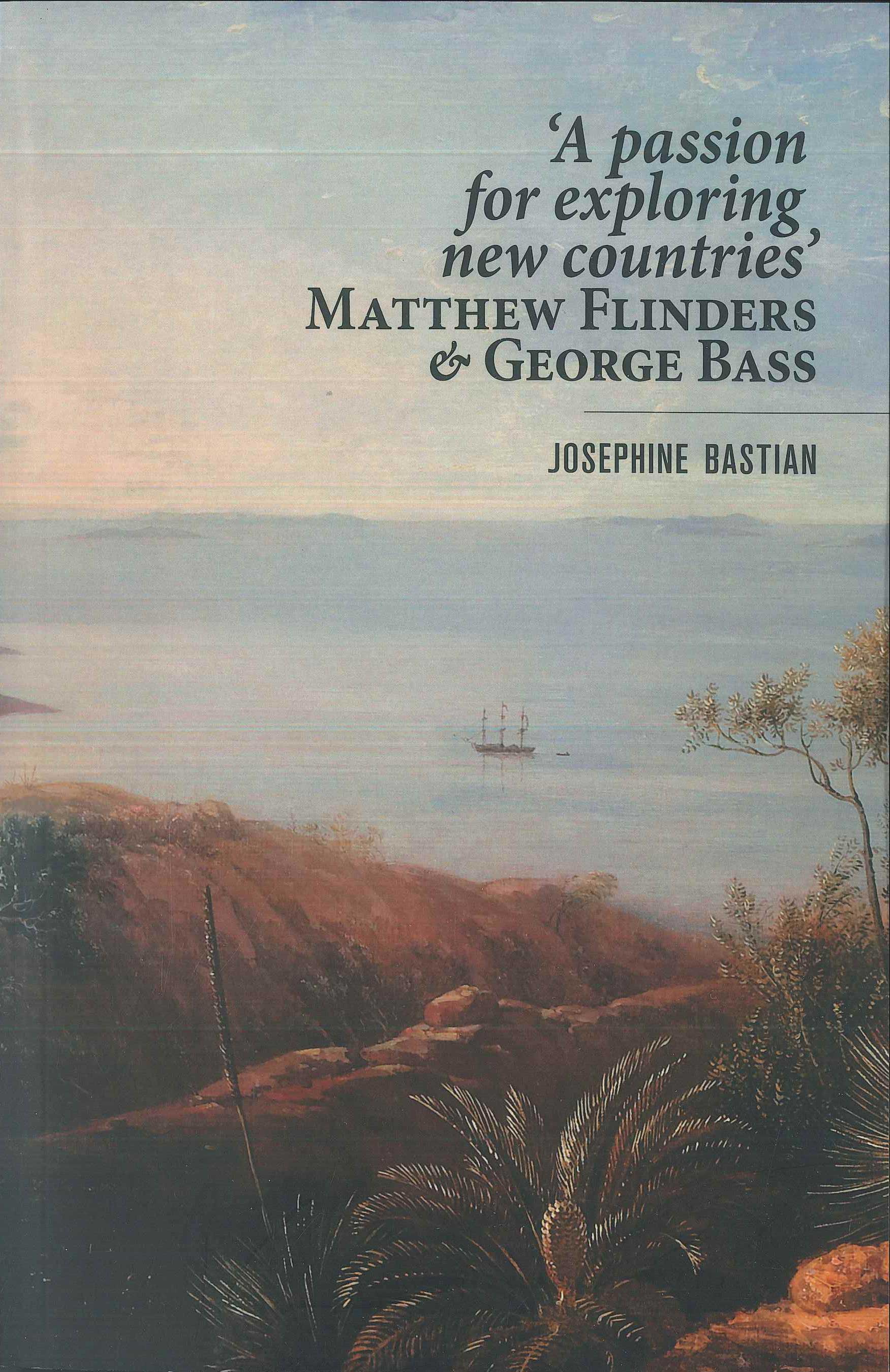
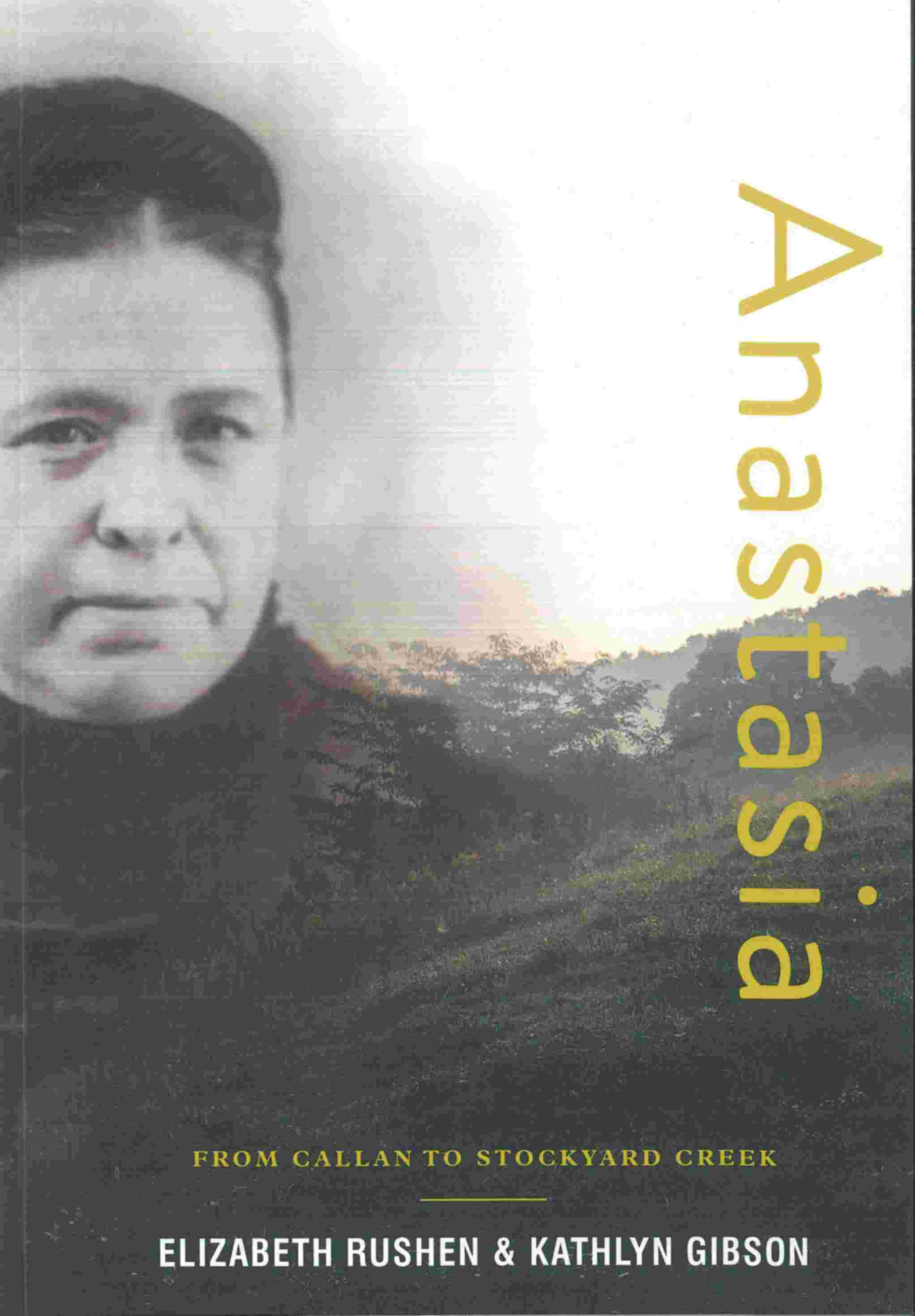
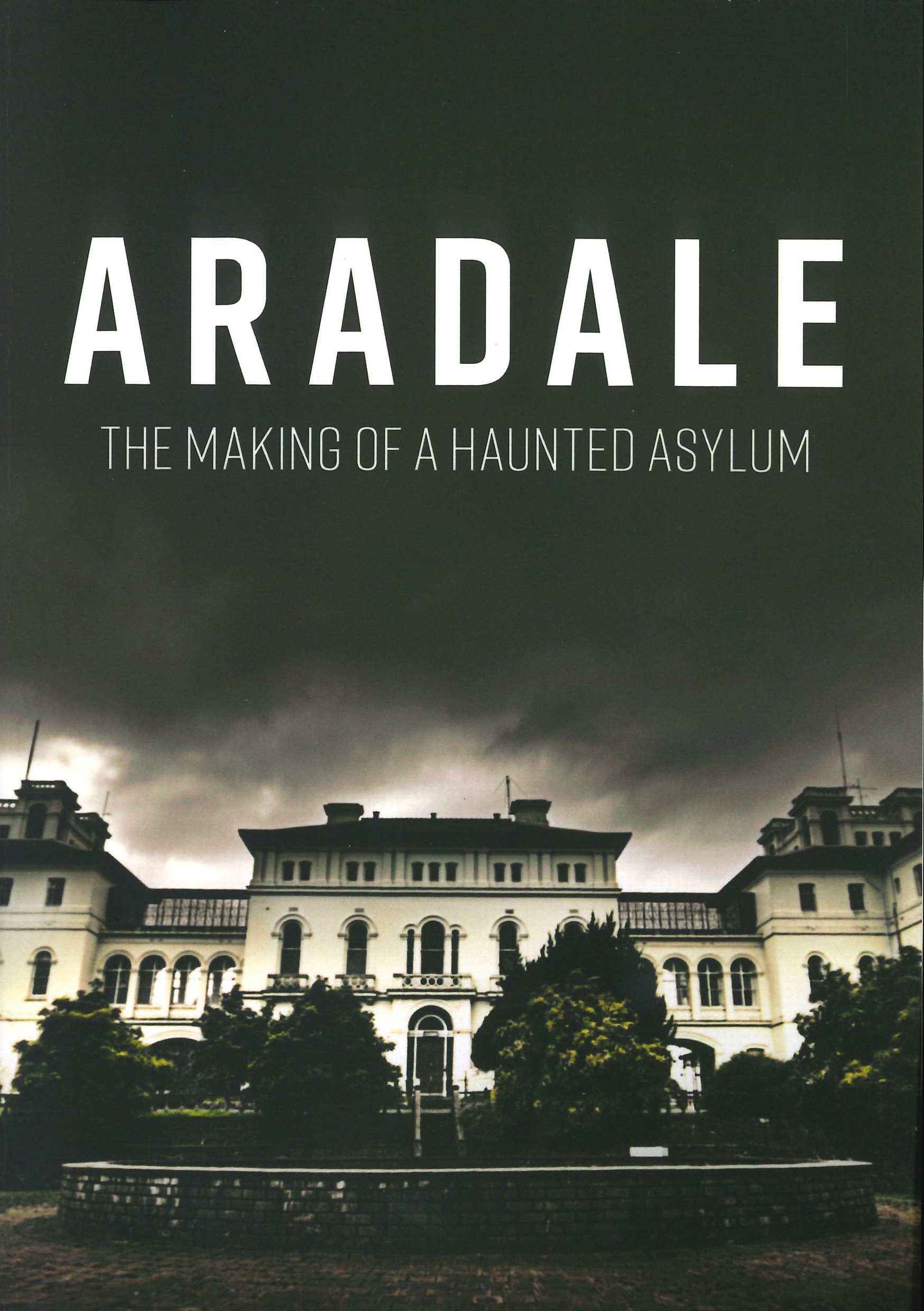
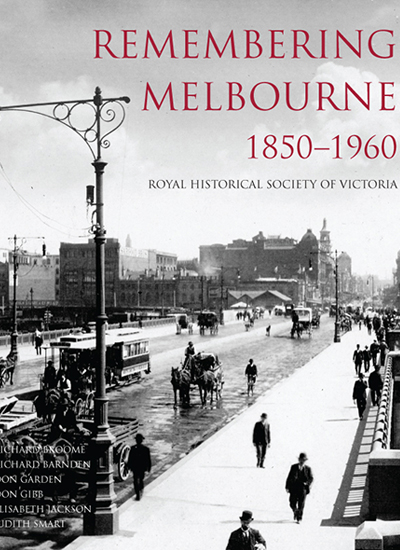
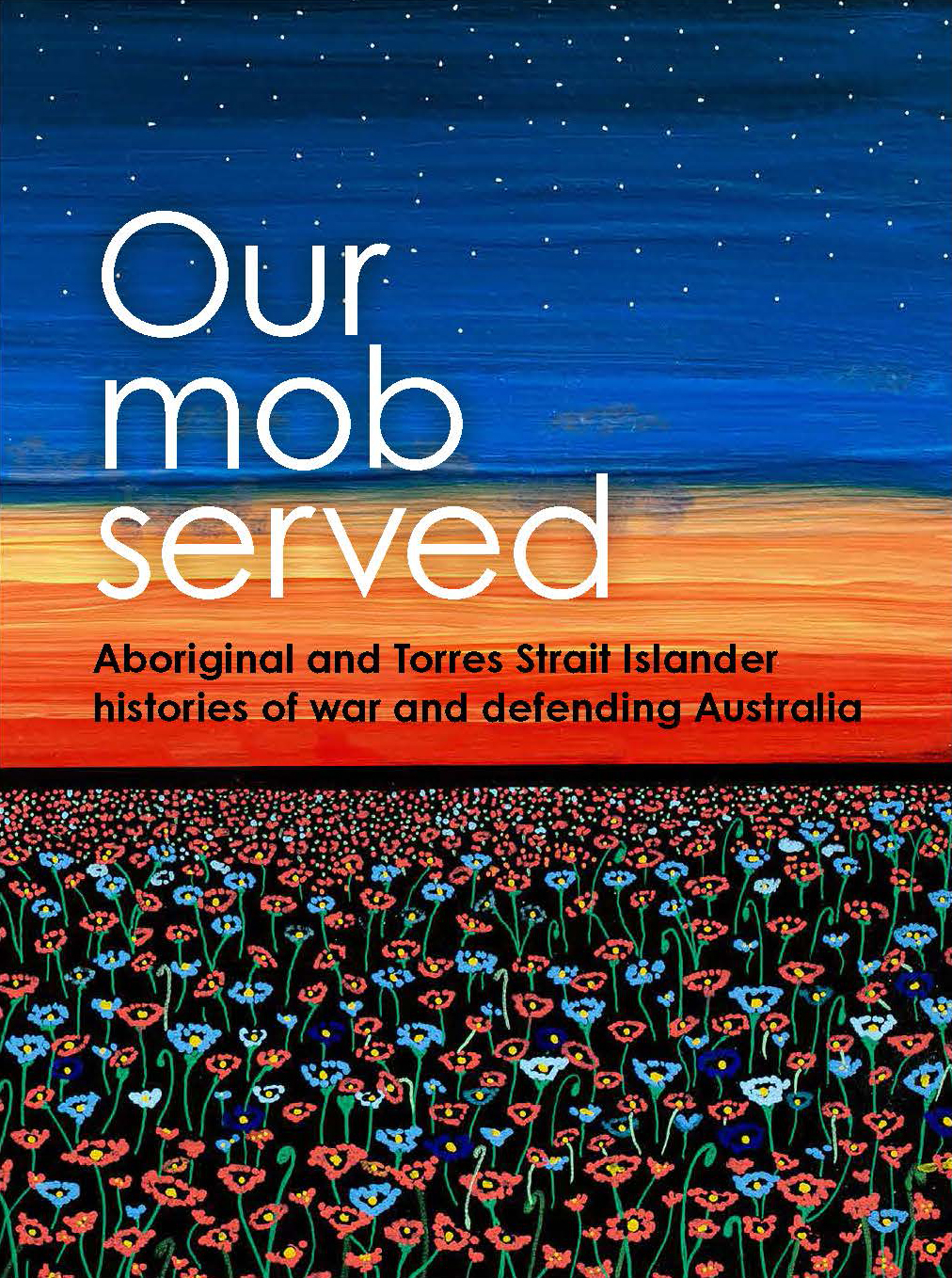
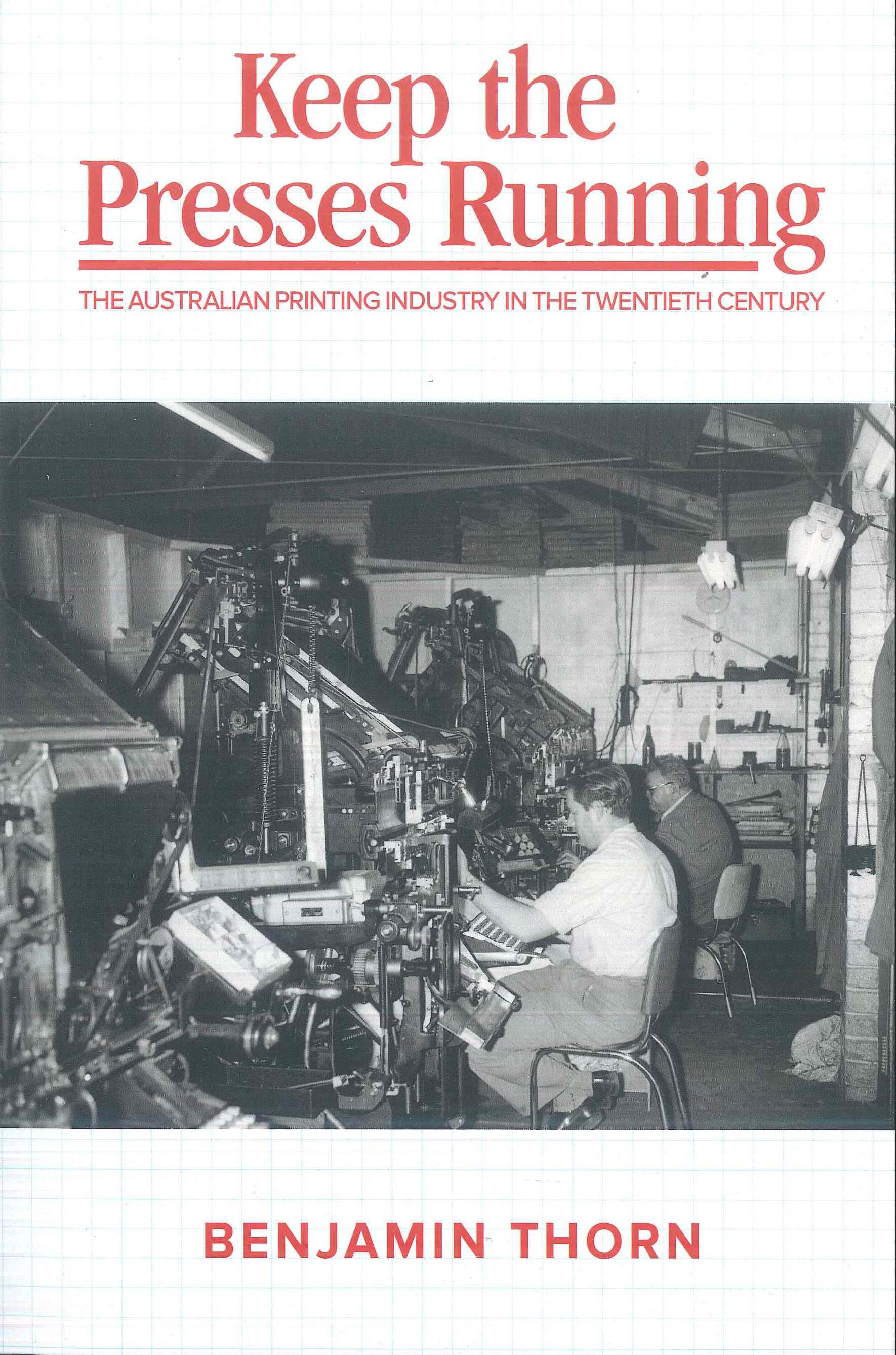
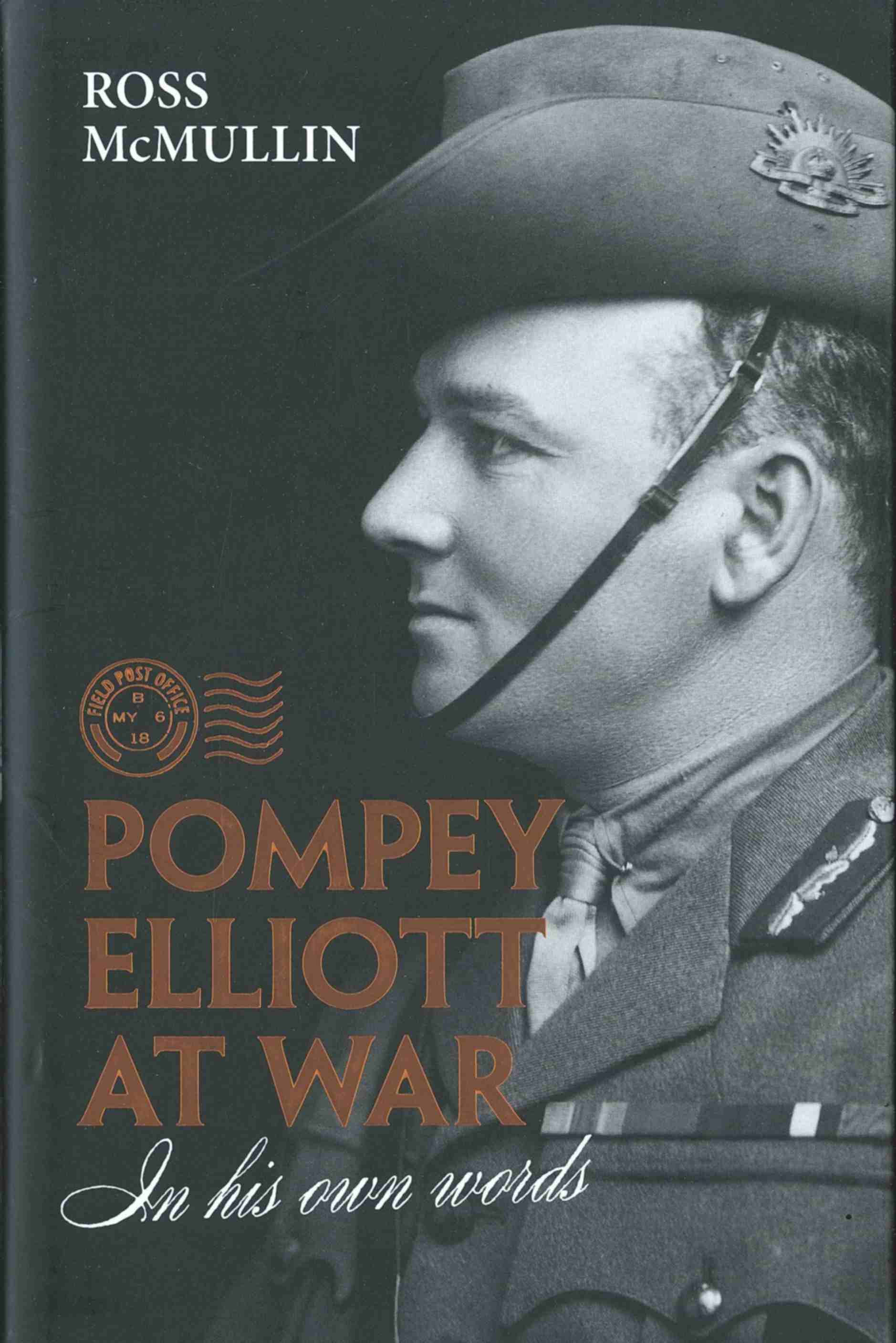
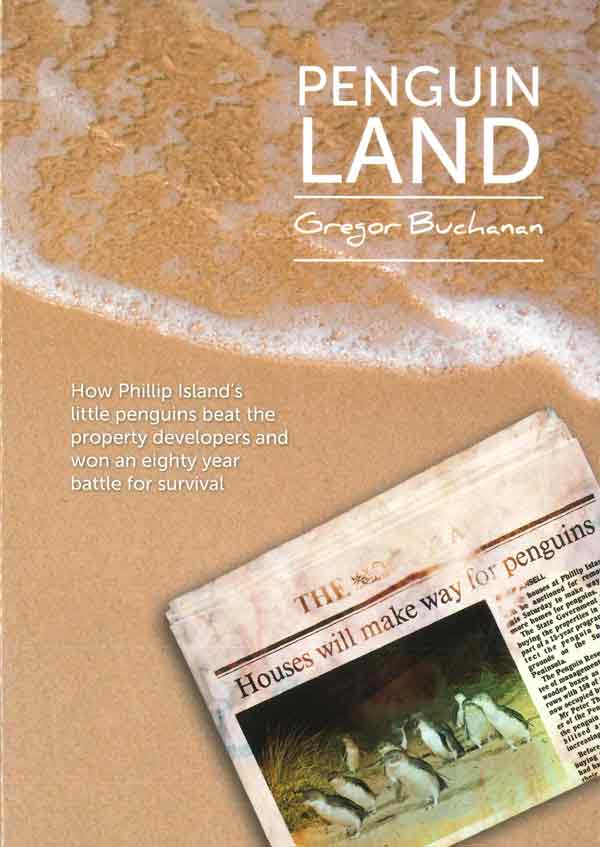
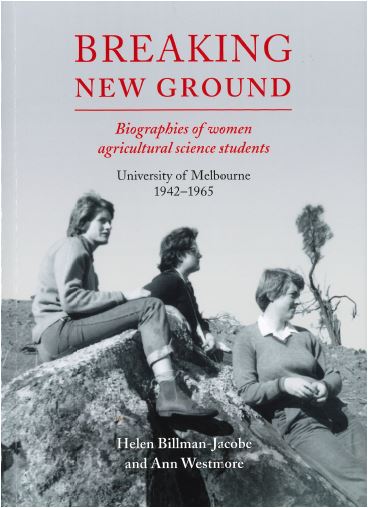
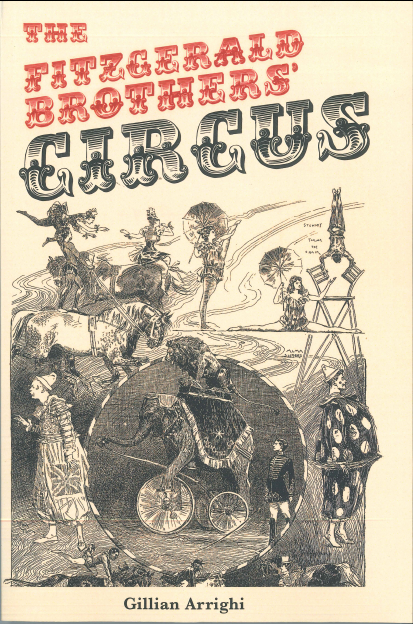
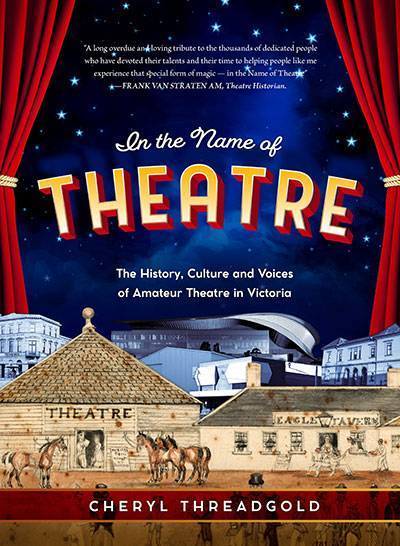

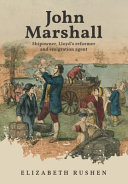
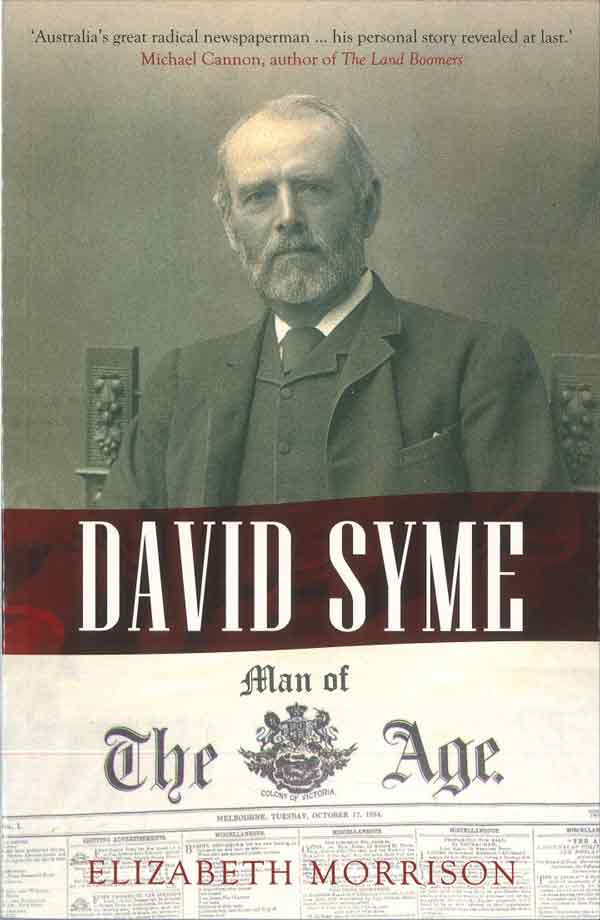

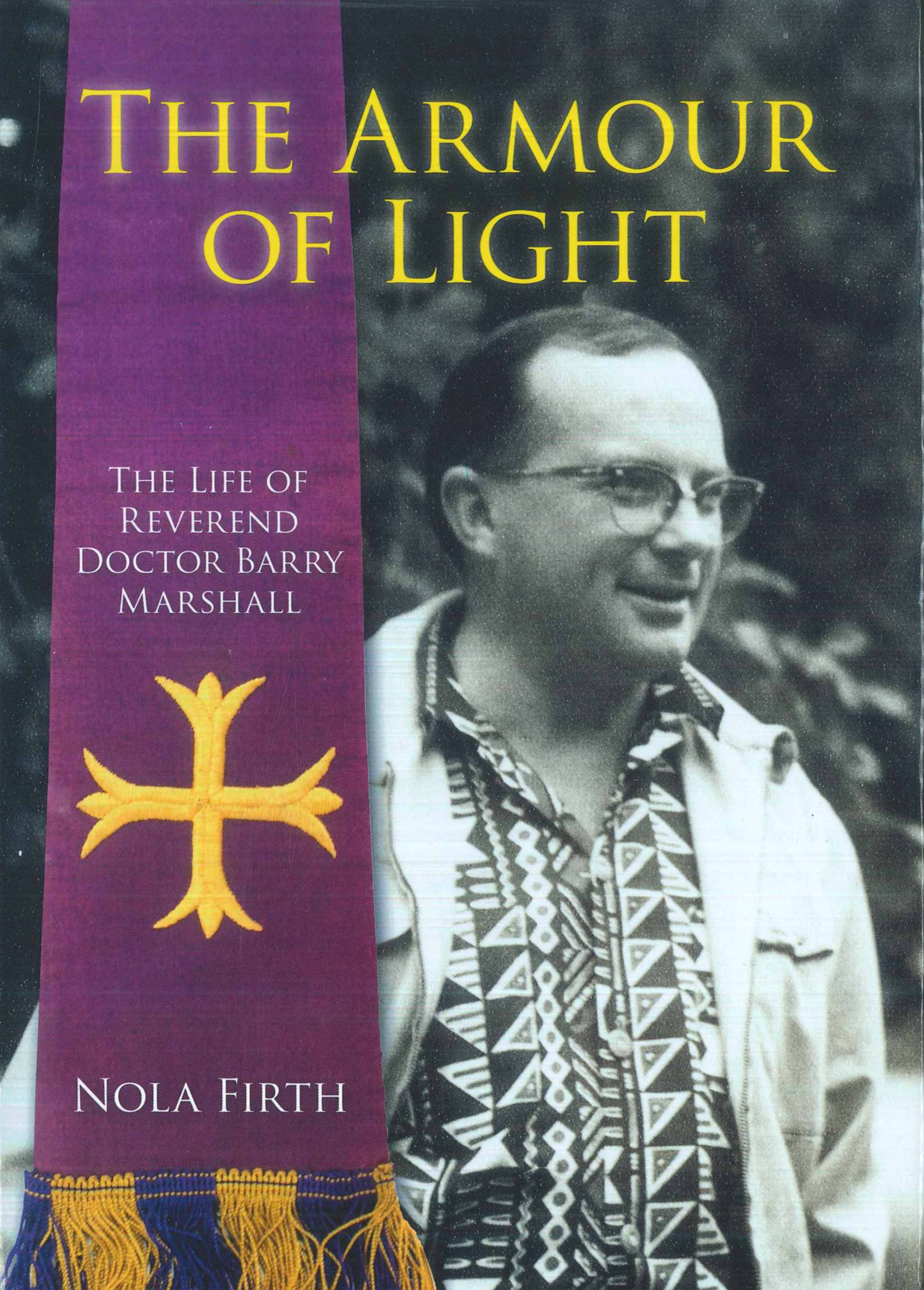
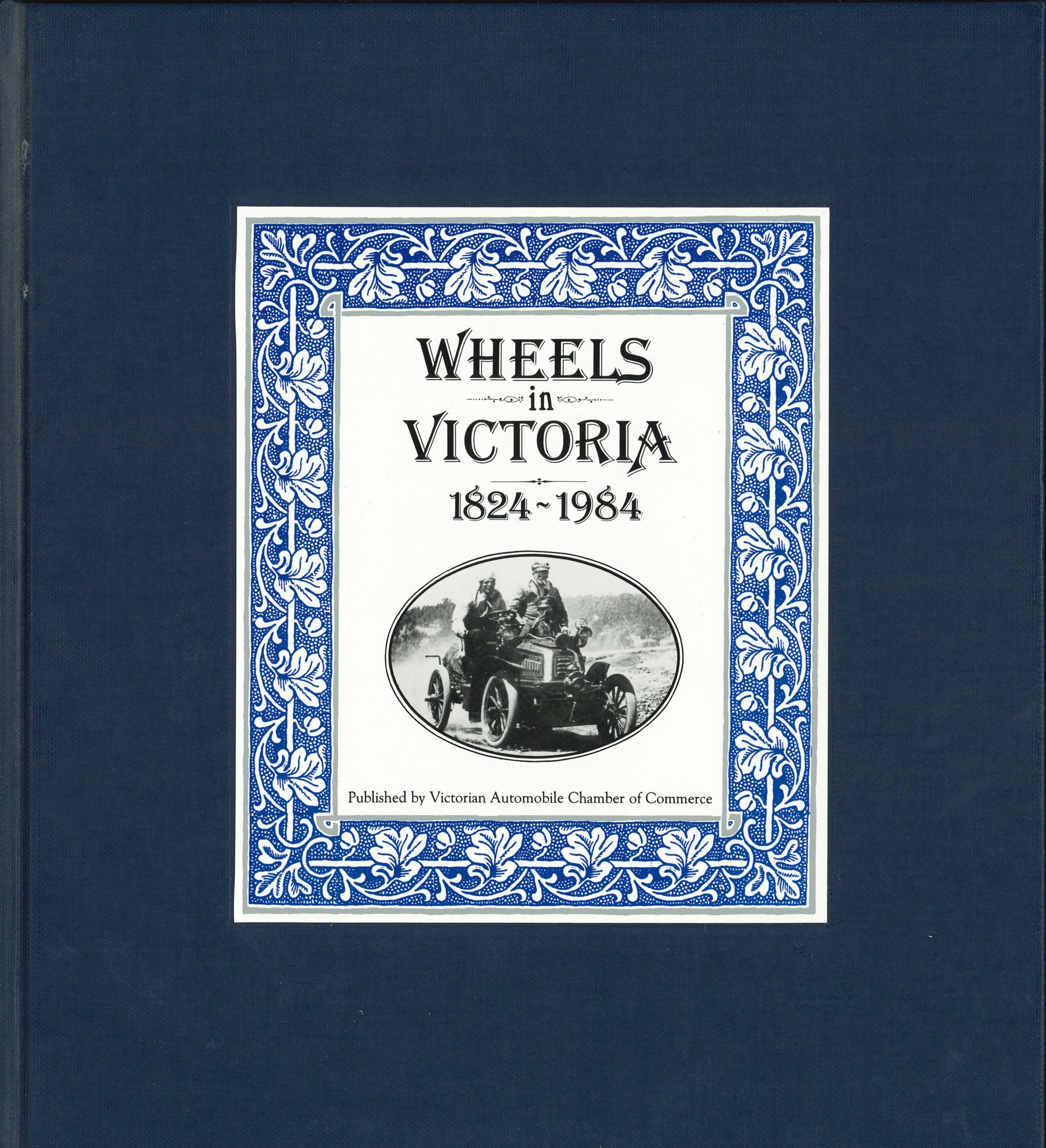
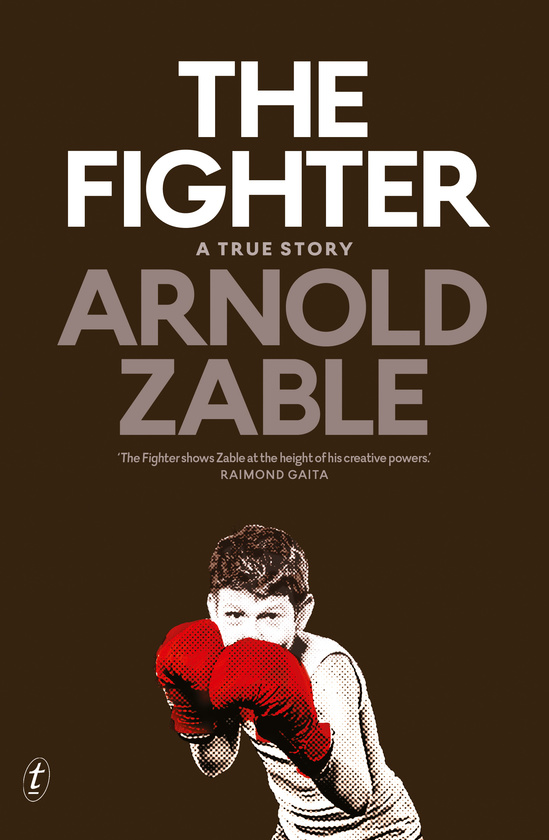
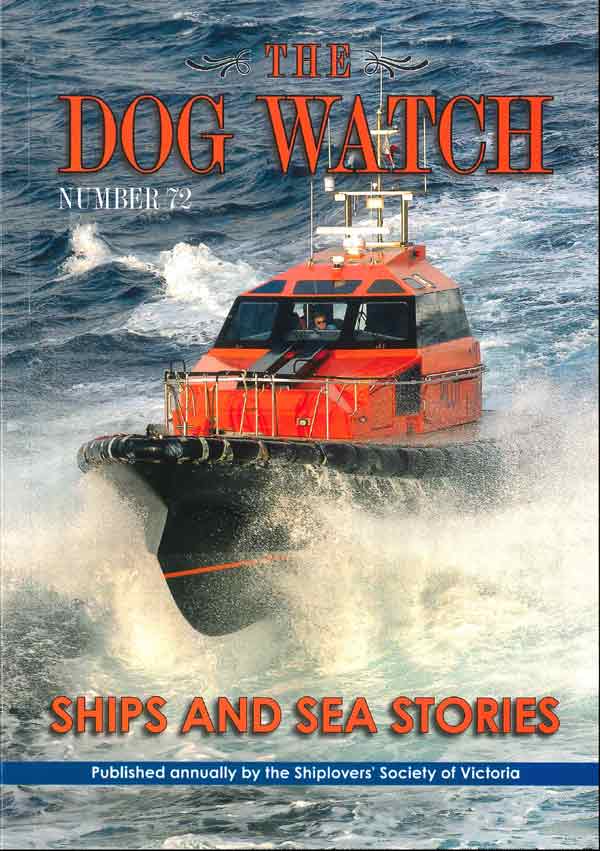
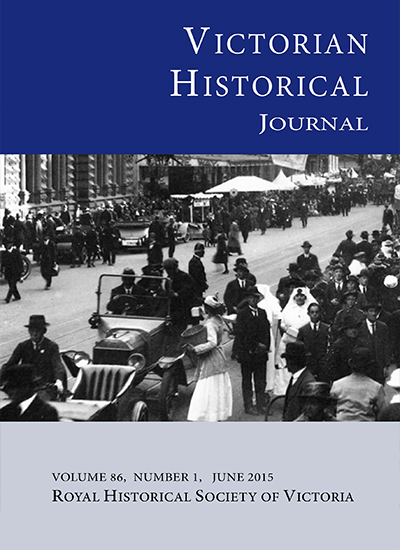
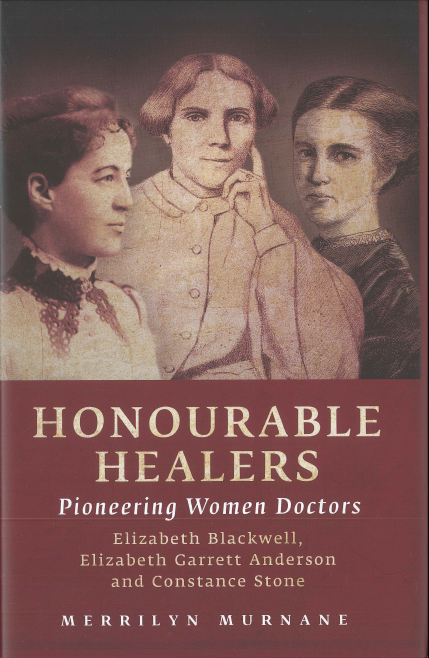

 239 A'Beckett Street Melbourne, Victoria, 3000
239 A'Beckett Street Melbourne, Victoria, 3000  03 9326 9288
03 9326 9288  office@historyvictoria.org.au
office@historyvictoria.org.au  Office & Library: Weekdays 9am-5pm
Office & Library: Weekdays 9am-5pm


Alan Ray –
Colongulac: Origins, Owners and Occupiers 1841 – 2021 by Warwick E. Foster and Dr Stella M.Barber is a most readable history not only of a home but of Victorian colonial society from its earliest days. Sumptuously illustrated, it traces the history of the Balwyn area to the east of Melbourne, describing a building which is a palimpsest of the diverse owners and their role in the ever changing community. This is a house history on a grand scale, but does reflect a public interest in the built landscape as a window to the past. Carefully researched, it will serve as a template for others wanting to bring any historic building to life.